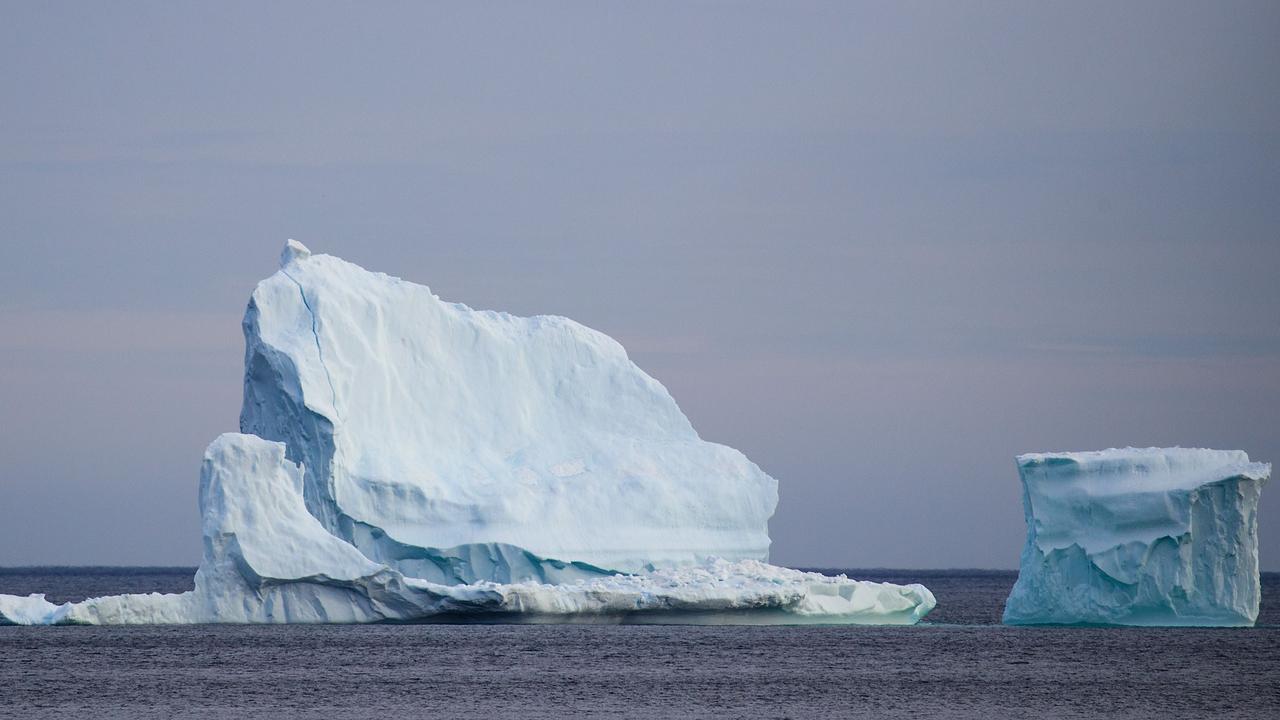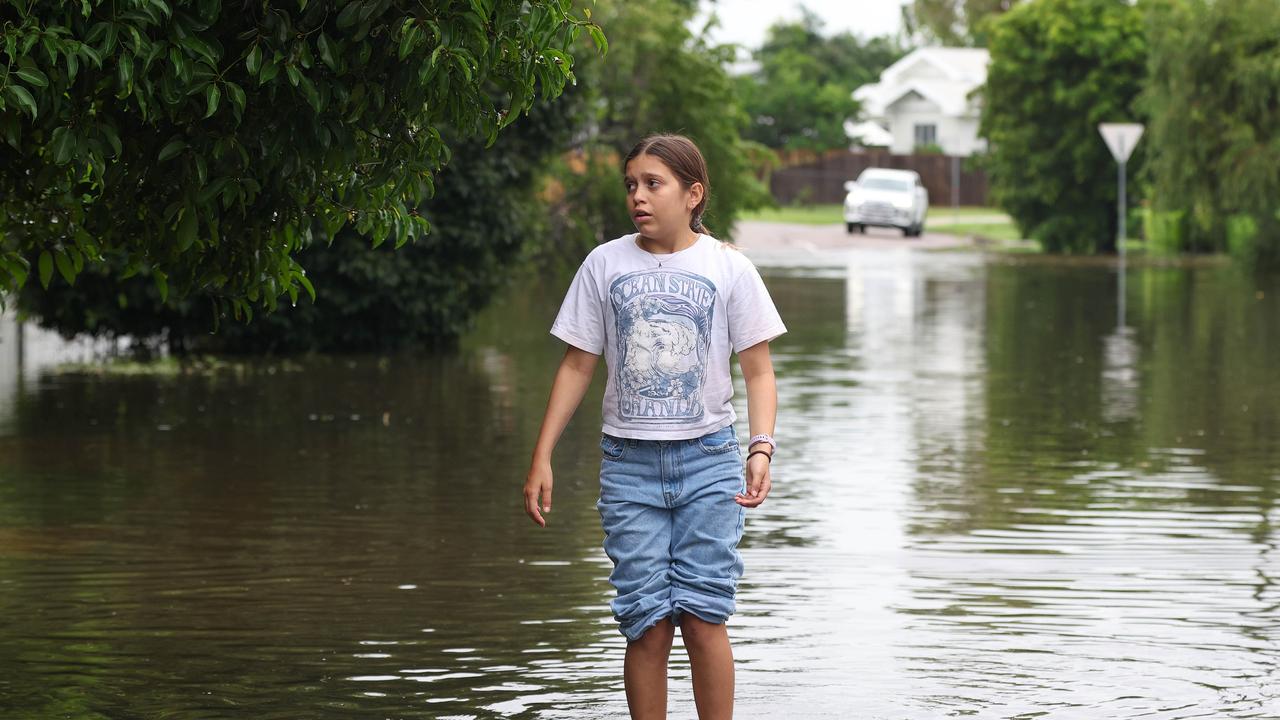Crucial ocean circulation system could be close to collapse
A crucial system of ocean currents that help control the planet’s temperatures could be close to collapse, new research warns.

A crucial system of ocean currents that help control the planet’s temperatures is showing signs of instability, which could have dire consequences for life on Earth.
Scientists have been warning for years that the Atlantic Meridional Overturning Circulation (AMOC) is at its weakest in more than 1000 years, partly due to climate change and could be heading for a dangerous “tipping point”.
The system is often described as a “conveyor belt” that takes warm water in the tropics to the north Atlantic, and transports colder, saltier water down south.
This process ensures that heat and energy are distributed around the Earth, helping to keep temperatures in Europe relatively mild.
Previous studies have shown the AMOC is at its weakest point in more than 1000 years but there was a debate about whether this was caused by an actual loss in dynamical stability, or was just a change to the average circulation rate.
A new study, published in Nature Climate Change, suggests the weakening is more likely to be associated with a loss of stability – and the circulation system could be approaching a critical threshold beyond which it could collapse.
RELATED: Key ocean stabilisation is weakening

“The findings support the assessment that the AMOC decline is not just a fluctuation or a linear response to increasing temperatures,” Dr Niklas Boers of the University of Exeter’s Global Systems Institute (GSI) said.
“(It) likely means it’s approaching of a critical threshold beyond which the circulation system could collapse.”
A breakdown in the system was depicted in the 2004 film The Day After Tomorrow and while those scenarios were extreme, in real life there could be abrupt changes including fast sea level rise, more extreme winters in Western Europe and changes to the monsoon in the tropics.
It could also destabilise the Antarctic ice sheet and Amazon rainforest.


To come to his conclusions, Dr Boers, who is a mathematician, looked at eight “fingerprints” of temperature and salinity in the Atlantic Ocean, including freshwater inflow from the melting of the Greenland ice sheet, melting sea-ice, increasing precipitation and river run-off.
The research suggests the system could be close to “a critical transition to its weak circulation mode”.
“I wouldn’t have expected that the excessive amounts of freshwater added in the course of the last century would already produce such a response in the overturning circulation,” Dr Boers said.
“We urgently need to reconcile our models with the presented observational evidence to assess how far or how close the AMOC really is to its critical threshold.”
The research emerges as representatives from 195 countries on Friday approved a critical United Nations science report that will provide the most comprehensive and up-to-date assessment yet of the state of Earth’s climate.
On the heels of deadly floods in India, China and northern Europe as well as asphalt-melting heatwaves in North America and southern Europe, the Intergovernmental Panel on Climate Change (IPCC) report assesses the latest climate science.
The world has changed since its last comprehensive assessment in 2014.

With increasingly sophisticated technology allowing scientists to measure climate change and predict its future path, the report is expected to make for harrowing reading.
It will project global temperature changes until the end of the century under different emissions scenarios.
Based almost entirely on published research, it could forecast — even under optimistic scenarios — a temporary “overshoot” of the 1.5C target of the Paris Agreement, and upwardly revised estimates for long-term sea-level rise.
It is also expected to reflect huge progress in so-called attribution science, which allows experts to link individual extreme weather events directly to man-made climate change.
– with AFP




